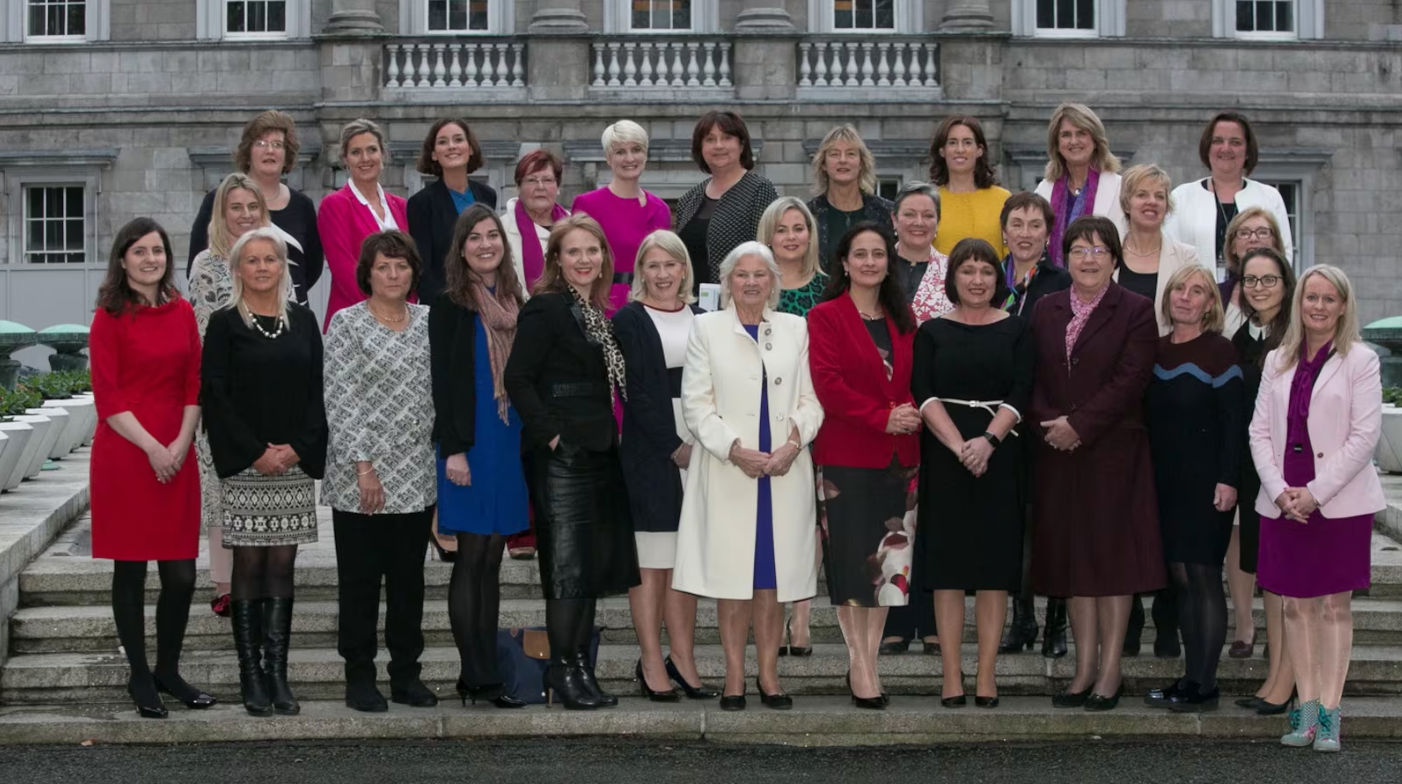More Women, Better Policy Output? Assessing Evidence from Local Irish Councils
Alisha Saxena graduated from Georgetown’s McCourt School of Public Policy in 2023. She was a GIS fellow in 2021-2022 and 2022-2023.

In 2001, Ireland enacted the Local Government Act (OHCHR 2015) to establish city and county councils. This act not only established local governmental authority, but also initiated the creation of Strategic Policy Committees (SPCs) within these councils. Though councils have the liberty to create their own SPC focuses, the 2014 amendment to the Local Government Act required every council to have an SPC explicitly dedicated to economic development and enterprise (Government of Ireland 2021). During my first year as a GIS Fellow, I found that female representation in Irish councils ranged from 5% to 46%, and that women’s representation in economic SPCs was adequate (Saxena 2023). As a continuing GIS fellow this year, I sought to find out if gender imbalances were noticeable in the policy output and operations of SPCs in local Irish councils.
International case studies have found that the presence of women within legislative bodies changes the types of policies pursued and prioritized (UN Women 2023). Female legislators are also evidenced to engage in more debate on women’s issues (Taylor-Robinson and Heath 2008) and produce more legislation on “female-associated” policy areas like education, the environment, and social welfare (Volden et al. 2010). There is clear evidence that gender composition can affect policy output, but does this trend apply to local councils in Ireland?
Women hold less than 20% of total council seats in 15 of the 31 Irish city and county councils. Only 8 of the 31 councils have more than 30% female representation (Saxena 2022). In order to get an intimate look at possible differences in policy operations and output, I picked four councils to serve as case studies, each offering a different perspective outlined below.
Table 1. Case Studies Selected for Project (% Women)
| Women-Led | Male-Led | |
| High Female Representation | Dublin City (46%) | Louth County (44.8%) |
| Low Female Representation | Westmeath County (20%) | Sligo County (17%) |
I first analyzed the gender breakdown in the SPC leadership for these case studies, as shown in Figure 1. They had varying numbers of SPCs, but all except Westmeath County had an equal number of male and female SPC leaders. This indicates that women can still rise to positions of leadership even under conditions of gender inequity.
Figure 1. SPC Leadership by Gender: Case Studies
Then, I compiled attendance rates as a metric for engagement. Scholarship from the United States has shown that women legislators are more engaged in consensus-building activities (Volden et al. 2013) and that constituents send 14% more requests to female legislators than male legislators (Butler et al. 2022). Their presence alone can create disparate impacts. There were no major gender disparities noted in attendance rates in Dublin City, Sligo County, and Westmeath County. Louth County had variable issues with attendance, both from the Councilmembers and from their appointed citizen experts, but these tended to be concentrated on specific members or specific meeting dates.
Ultimately, there were difficulties in concluding whether policy output was gendered due to a variety of limitations. First, councils were not uniform in how active their SPCs were–for instance, one of the four SPCs in Westmeath County has not met since 2018. This is problematic since many councils rotate their SPC membership every few years. Furthermore, this project did not account for the fact that legislative behavior is drastically different at the local level than at the state and federal levels. When analyzing the meeting minutes for various SPC meetings, it was difficult to track whether members were responsible for agenda items or not–oftentimes, it appeared that the citizen experts filled the majority of the agenda with their presentations on various issues. SPC meetings often acted like requests for information, where the appointed citizen experts presented on crucial projects like regional development strategies and where legislators then asked critical questions for these experts to consider in their future pathways.
Though the project was unable to reach a conclusion on the gendered impacts of policy output, it did affirm through other means that international case studies are not quite reflective of the behavior of Irish councilors. Women were not necessarily found to attend more sessions or display higher levels of engagement than their male colleagues. Furthermore, while only 9 of 31 Irish councils are female-led, all but one of the case study councils had a roughly gender-equal committee leadership. Finally, as I found during the first year of my research, women were not placed into committees based on gendered policy areas (Saxena 2023). This extension of the project emphasizes a need for more focused research on Irish local councils, since their behaviors cannot be generalized through international case studies.
